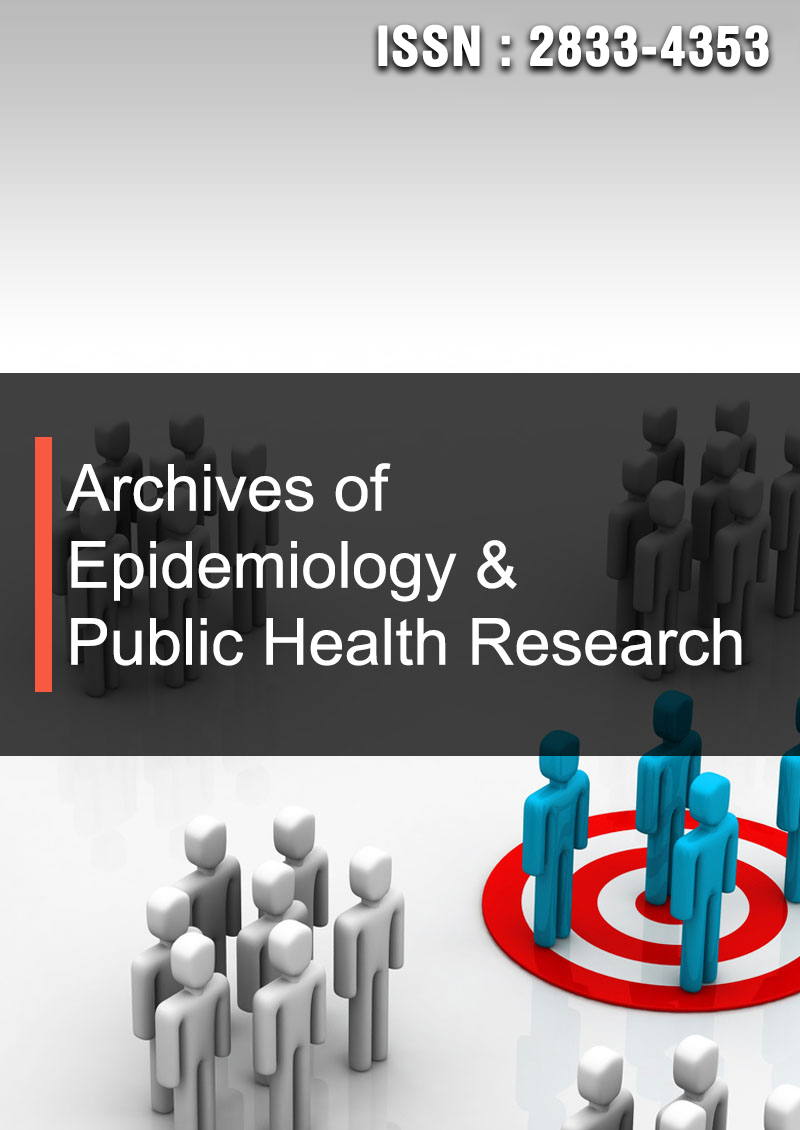An Assessment of the Level of Compliance to Guidelines for Prevention of Covid-19 in Public Places in Iganga district, Uganda
Abstract
Prossy Nakito, David Muwanguzi, Daniel Lukooya and Gloria Tumukunde
The global ongoing COVID-19 pandemic remains a major public health crisis of our time. In an effort to mitigate the outbreak of the deadly COVID-19 pandemic, WHO rolled out the COVID-19 SOPs to ensure the virus is controlled. The effectiveness of these COVID-19 SOPs mitigation measures is highly dependent on cooperation and compliance of all members of society [1]. Globally, a study which was conducted in the United Kingdom, found out that most but not all citizens had complied with COVID-19 SOPs guidelines; the Majority (80%) of UK citizens reported avoiding public places and 77% indicated that they improved their personal hygiene e.g., washing hands [2]. In the Sub-Saharan Africa, a study conducted in Nigeria by (Nnama-Okechukwu CU, 2020) findings indicated that a majority of the respondents believed that COVID-19 pandemic is more of a hoax than reality, of which poor knowledge negatively affected their compliance with preventive measures to curb the spread of COVID-19 [3]. This isn’t any different in the context of East Africa as reported by COVID-19 Pandemic Rapid Evidence Synthesis Group (COVPRES), hence suggested that poor knowledge negatively affect the level of compliance to COVID-19 SOPs. A study conducted in Uganda by Ssebuufu, Sikakulya, Binezero, Wasingya, Nganza, Bwaga and Kyamanywa (2020) [4], findings indicated that there is lack of knowledge, attitudes and practice on SOPs among a certain group of population (drivers and security agents). In an effort to mitigate the outbreak of the deadly COVID-19 pandemic, Uganda government joined other countries to roll out the COVID-19 SOPs and enacted the Public Health (Control of COVID-19) Rules, 2020. In addition, Presidential Directives were also issued. All these were to be implemented in various places to ensure the pandemic is prevented in Iganga district among other areas. However, while all these policies, directives exist and being enforced to some extent, there was increased community spread of the pandemic in Iganga district. Therefore, the study was conducted with the aim of assessing the level of compliance to guidelines for prevention of COVID-19 in public places in Iganga District so as to guide decision makers in amending policies and making recommendations towards the entire public in order to prevent community acquisition and spread of COVID-19.



